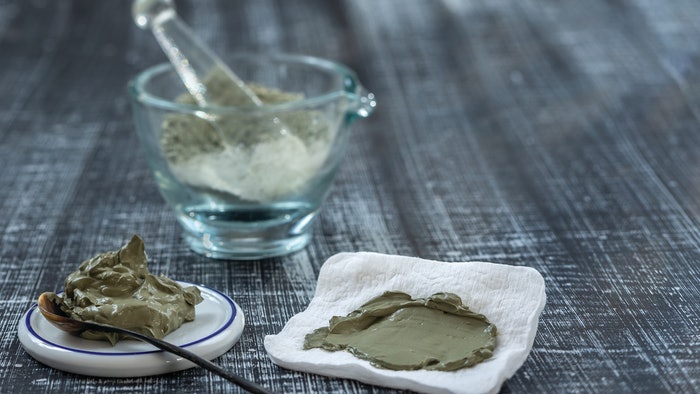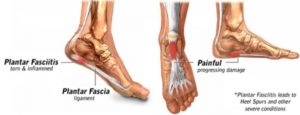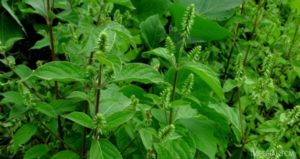China has a substantial history of both war or military arts and medicine. For much of history these were intricately connected for the ability to heal injuries and keep soldiers in battle was paramount to success. Therefore, Chinese Medicine has become comprehensive and there are many remedies that are concerned with pain relief, reduction of swelling and inflammation, prevention of infection, induce circulation and aid in tissue regeneration.
In conventional medicine, the common approach used to be (recent studies have explained otherwise) to apply the RICE (Rest, Ice, Compression and Elevation) standard in the treatment of a sprain within the soonest time after injury as possible. Chinese Medicine also believes in rest (in the early stage) the application of ice and compression is not recommended. Since swelling is the body’s response that leads to stagnation of blood and fluid, the ice actually reinforces such stagnation which inevitably leads to pain, tissue adhesion, restricted movement, stiffness and pain.
In Chinese Medicine, the intention is to reduce swelling but at the same time induce circulation and thus it enhances the recovery period. For this in TCM a herbal poultice is applied that would increase circulation, remove damage tissue and reduce swelling. Imperial TCM applies the SHS Plus formula that consists of herbs especially designed for such purpose. It is a natural and effective treatment for swelling from trauma and injury. At the same time internal herbal medicines are also taken for aiding the recovery process.
Swelling is the body’s attempt to ‘splint’ the injury, causing the stagnation of blood, fluids and qi energy. The use of ice serves to reinforce such stagnation, instead of increasing their circulation in order to remove damaged cells and tissue, debris, metabolic wastes, etc. Such stagnation leads to pain, in turn leading to adhesions of tissues that restrict movement, causing stiffness and more pain!
In Chinese Medicine swelling is reduced, while simultaneously, the treatment increases circulation, thereby aiding to restore normal movement and function more quickly, reducing both pain and stiffness.
Contrast soaking or baths, i.e. alternating hot and cold soaks or baths, one to two days after initial treatment is recommended by both conventional medicine and Chinese Medicine. The alternating contraction and dilation of blood vessels increases both circulation and fluid absorption while continuing to limit swelling.




